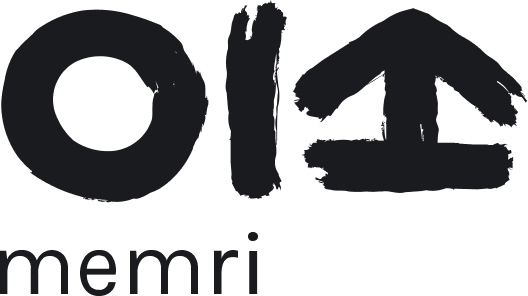Memri was founded in 2020. In the following two years we’ve worked hard to get closer to reaching our goal: Create a personal AI optimized for your goals and that gives you control of your data. We knew from the beginning that our vision was very ambitious. At times that has been a blessing, and at other times a nightmare. It binds us and guides us, but it can also be daunting: Where do you even start?!
Building the Foundation and making it accessible
In order to succeed in reaching our mission we realized that we, just like a house, needed to have a solid foundation first. For us such a foundation started with creating an encrypted environment that enabled users to store their data in a safe and organized way, which enabled us to build Machine-learning tools to help users take back control on how they interact with data. (More on how our product works here)
On top of the user-requirements we also decided early on to make all our code available to the world, and allow anyone to work with our tool, review it, create add-ons or suggest improvements. By adopting these open-source principles we hope to increase the impact of what we make and increase trust in the products we make.
We felt simply making the code accessible for outsiders wasn’t enough. Instead we made sure that our foundation could work as a Dev-platform that makes it easy for any developer to use it and test it themselves. Once we completed that we quickly learned that it’s not just outside-developers that benefit from that, we benefit as well!
We got better in making knowledge accessible and easier to understand. It allowed others to understand what was going on, and us to onboard new colleagues much quicker as well. When we decided to use the platform to build a consumer oriented product ourselves, we quickly experienced that our foundation allowed us to move much faster than would’ve been possible without it! The time invested in building this foundation and making it accessible paid off directly.
Changing course: Building a Consumer Product
When the foundation was solid enough and could be used by externals, it was time to revisit our strategy and adjust course. During the user-testing of the Dev-platform we learned that although people were enthusiastic about the potential, we were still far away from competing with other parties in that market. Instead of putting a lot of effort into entering that market, building a community around the dev-platform and waiting for it to flourish, we decided to focus on building a consumer-oriented product ourselves using the platform we created. This way we hoped to show developers and consumers that the tools we’re building with our platform can provide a lot of value.
Additionally, this helps us improve our production process and continuously iterate and learn from the things we create. By doing so we learned early on that people care a lot about privacy. They don’t like the idea of their data not being private, and hate the idea of them being the product if they use something for free. The additional lesson was however even more important for us: Paying for privacy, having a place to store your data in a private manner, was something that almost nobody was willing to do.
A vital lesson, because it meant we needed to find other use cases. Uses cases that were not too complex for us to build, but would still solve a problem users have. That’s why we decided to build an app that improves people’s life by giving them more control over how they interact with their (social-media) data (More on that here).
A product that helps you manage the information overload and reduces the time spent processing information. It pre-processes information for you to help you consume it more quickly and reduce the dopamine hits that cause the addictive behaviors that most of us have when we scroll our feeds. “I’ll just look at one more post!”
The app enables you to only look at topics you find interesting and helps you to stay in control of how much time you spend scrolling. By setting a timer and filtering for the topic you want to see at that moment only, you stay in control!
From a Developer Focus to a Consumer focus
Changing course is never easy, and can be scary at times. We learned that focussing on building the foundation first has given us a lot of speed when focussing on the consumer product. We learned that gaining user feedback quickly, as often as possible, and testing our assumptions helped us gain learnings that made it much easier to adjust the course.

